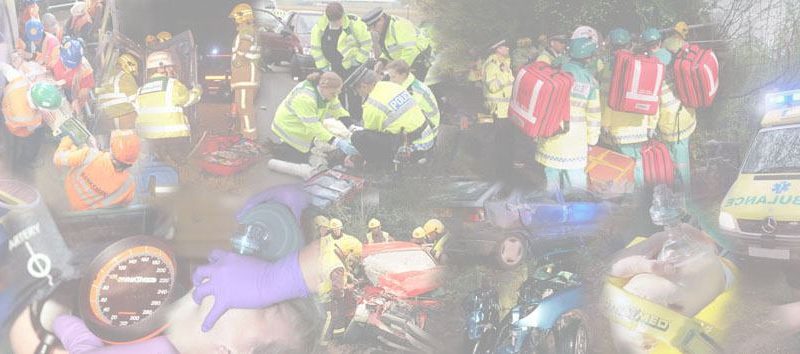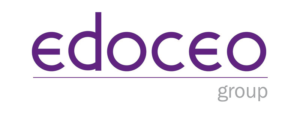PaReflectionEd is dedicated to encouraging reflection and continued education in paramedicine. Paramedicine is the practice which represents the intersection of health care, public health and public safety and represents the expansion of the traditional idea that emergency medical services are simply an emergency response and transportation system. PaReflectionEd is intended to serve as a source of continuing education and an attempt to create a Free Open Access Medical Education (FOAM) resource for paramedicine.
The site was developed from the Pre-hospital Research Forum – originally created for the critical analysis, discussion and application of pre-hospital care research in Australia – in an attempt to link clinical practice and education with research. New research is only one area required for the development of paramedicine, good education and personal reflection are also essential to individual and organisational growth so the decision was made to develop the Pre-hospital Research Forum into a FOAM resource for paramedicine. The original Pre-hospital Research Forum pages can be found here.
In addition to featuring new research relevant to the pre-hospital environment, a primary objective of the Pre-hospital Research Forum, PaReflectionEd aims to become an educational resource for paramedicine, encouraging discussion on how to develop paramedicine and promote reflective practice – essential for improving understanding, showing outcomes and promoting a desire for lifelong learning and valuable in improving clinical competence and performance and for ensuring continual professional development1.
Around the world ambulance services are moving away from being a relatively uncomplicated patient transport system towards becoming part of a fully integrated healthcare service, with practitioners coordinating a holistic approach to patient handling in the community. For this to be successful, the paramedic of the future must be able to effectively diagnose a wide range of conditions, institute treatment according to evidence based guidelines, reflect upon and critically evaluate the effectiveness of care, determine when and if specific interventions should be used, and provide optimum care solutions which are unique and specifically tailored to each patient2.
For this change in direction to be successful, the future training of the paramedic has to change. Paramedic training must move its focus away from the acquisition of clinical skills, to developing the ability to think and practise autonomously. Paramedics should not only be be taught to appropriately diagnose and manage a wider range of patients, especially those with minor illnesses and minor trauma, but also encouraged to take on the responsibility of developing paramedic practice which is truly ‘evidence-based’ – based on methodologically valid and reliable research.
The FOAM community emerged from the collection of constantly evolving, collaborative and interactive open access medical education resources being distributed on the web with one objective — to make the world a better place. According to Life in the Fast Lane (LITFL), FOAM should not be seen as a teaching philosophy or strategy, but rather as a globally accessible crowd-sourced educational adjunct augmenting traditional educational principles.
If you want to know how we practiced medicine 5 years ago, read a textbook.
If you want to know how we practiced medicine 2 years ago, read a journal.
If you want to know how we practice medicine now, go to a (good) conference.
If you want to know how we will practice medicine in the future, listen in the hallways and use FOAM — from International EM Education Efforts & E-Learning by Joe Lex 2012.
1. Kaufman, D. M. and Mann, K. V. (2010) Teaching and Learning in Medical Education: How Theory can Inform Practice, in Understanding Medical Education: Evidence, Theory and Practice (ed T. Swanwick), Wiley-Blackwell, Oxford, UK.
2. Ball, L. (2005) Prehospital care:Setting the scene for the paramedic in primary care: a review of the literature. Emerg Med J 22(12) 896-900.

